The Double Decker Bus Market is currently characterized by a dynamic competitive landscape, driven by increasing urbanization, a growing emphasis on public transportation, and a shift towards sustainable mobility solutions. Key players such as Alexander Dennis (GB), Volvo (SE), and BYD (CN) are strategically positioning themselves through innovation and regional expansion. Alexander Dennis (GB) focuses on enhancing its product offerings with advanced technology, while Volvo (SE) emphasizes sustainability through electric double-decker buses. BYD (CN) is leveraging its expertise in electric vehicle technology to capture market share in various regions, particularly in Asia and Europe. Collectively, these strategies contribute to a competitive environment that is increasingly focused on technological advancement and sustainability.
In terms of business tactics, companies are localizing manufacturing to reduce costs and optimize supply chains, which is particularly relevant in the context of rising material prices and global supply chain disruptions. The market structure appears moderately fragmented, with several players vying for dominance. However, the collective influence of major companies like Scania (SE) and Mercedes-Benz (DE) suggests a trend towards consolidation, as these firms seek to enhance their competitive edge through strategic partnerships and acquisitions.
In August 2025, Alexander Dennis (GB) announced a partnership with a leading technology firm to develop smart bus solutions that integrate AI for improved operational efficiency. This move is significant as it positions Alexander Dennis at the forefront of digital transformation in public transport, potentially enhancing customer experience and operational reliability. The integration of AI could lead to more efficient route planning and maintenance schedules, thereby reducing operational costs.
In September 2025, Volvo (SE) unveiled its latest electric double-decker bus model, which features advanced battery technology aimed at increasing range and reducing charging times. This strategic action underscores Volvo's commitment to sustainability and innovation, aligning with global trends towards electrification in public transport. The introduction of this model is likely to strengthen Volvo's market position, particularly in urban areas where emissions regulations are becoming increasingly stringent.
In July 2025, BYD (CN) expanded its manufacturing capabilities in Europe by opening a new facility in France dedicated to the production of electric double-decker buses. This expansion is crucial as it not only enhances BYD's production capacity but also allows for localized supply chains, which can mitigate risks associated with global logistics. The move is indicative of BYD's strategy to solidify its presence in the European market, where demand for electric public transport solutions is on the rise.
As of October 2025, the competitive trends in the Double Decker Bus Market are increasingly defined by digitalization, sustainability, and the integration of advanced technologies such as AI. Strategic alliances are becoming more prevalent, as companies recognize the need to collaborate to enhance their technological capabilities and market reach. Looking ahead, competitive differentiation is likely to evolve from traditional price-based competition to a focus on innovation, technological advancements, and supply chain reliability, reflecting the changing demands of urban mobility and environmental sustainability.


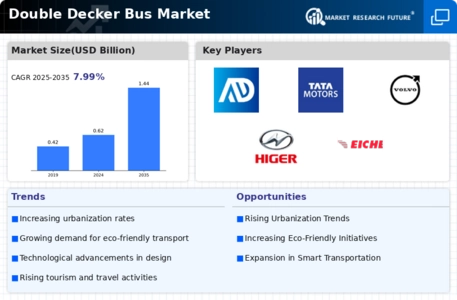

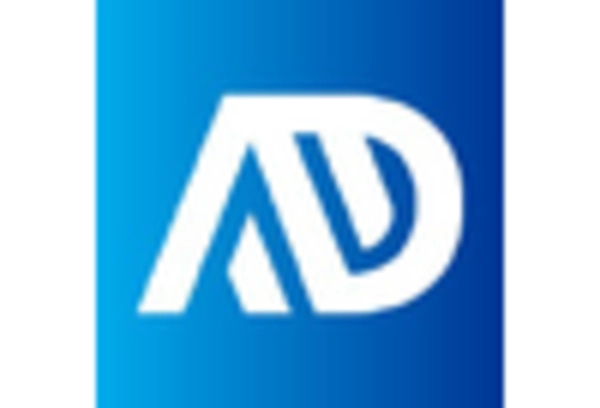
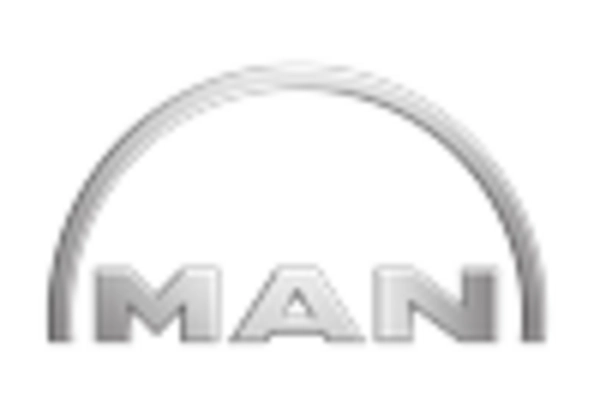
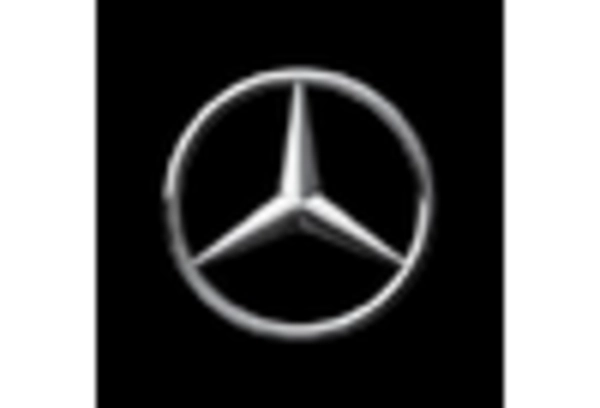

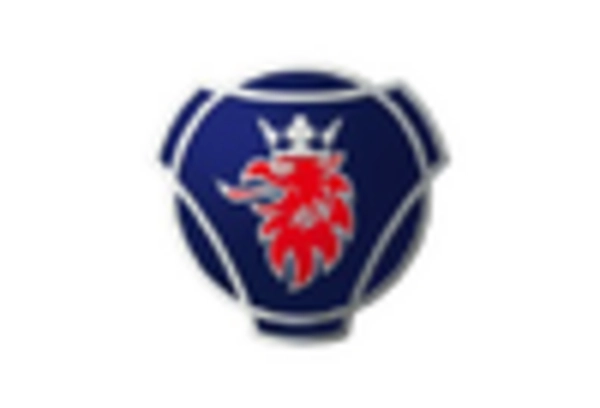
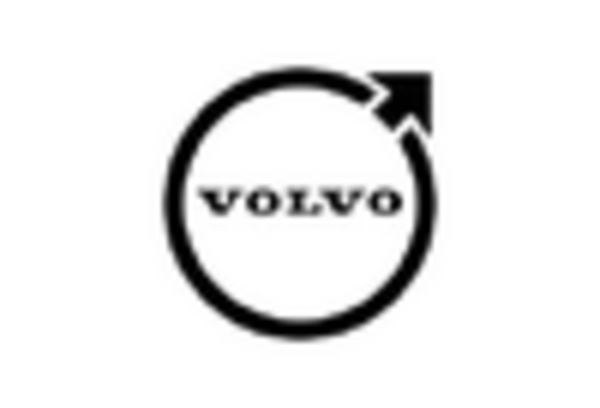








Leave a Comment